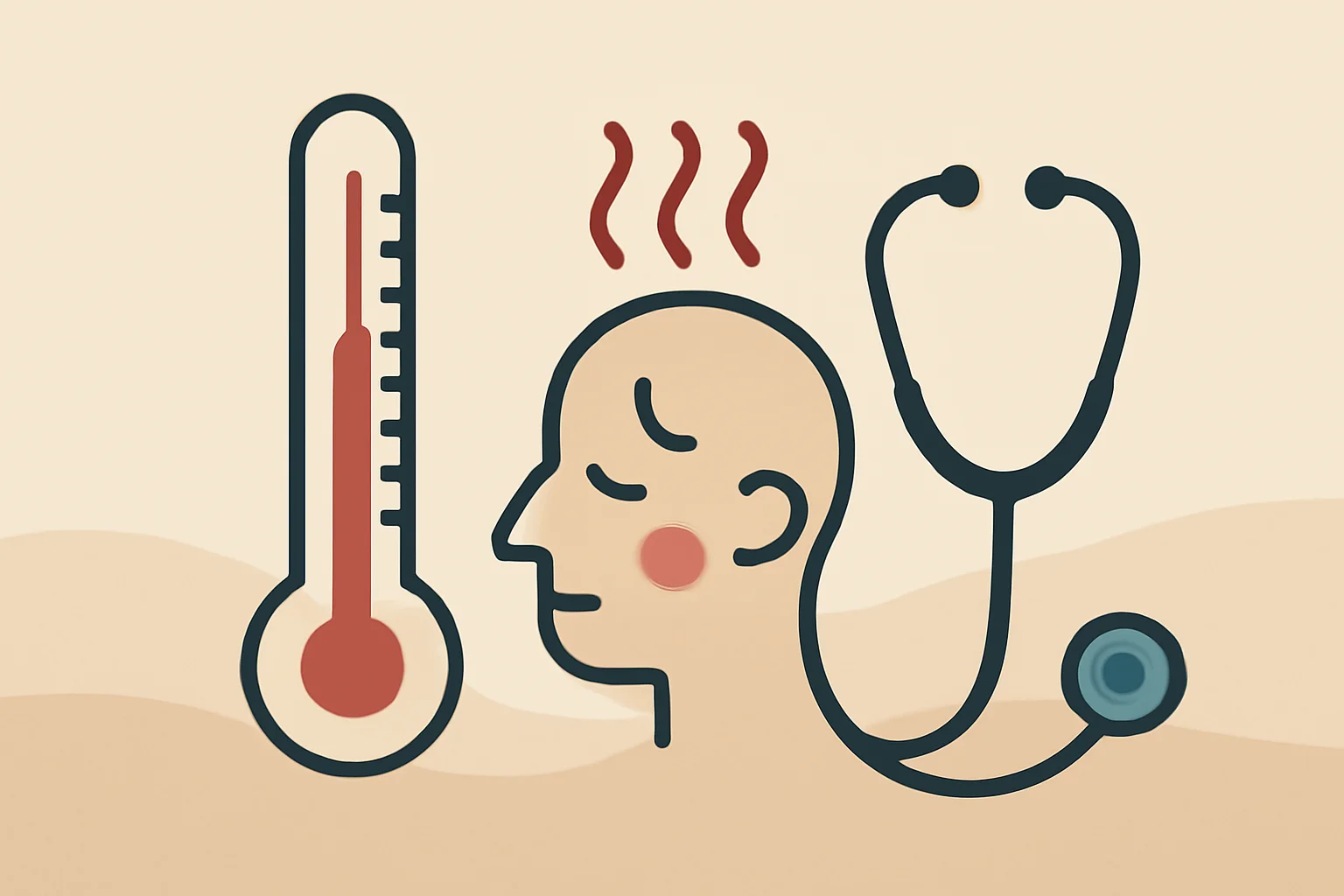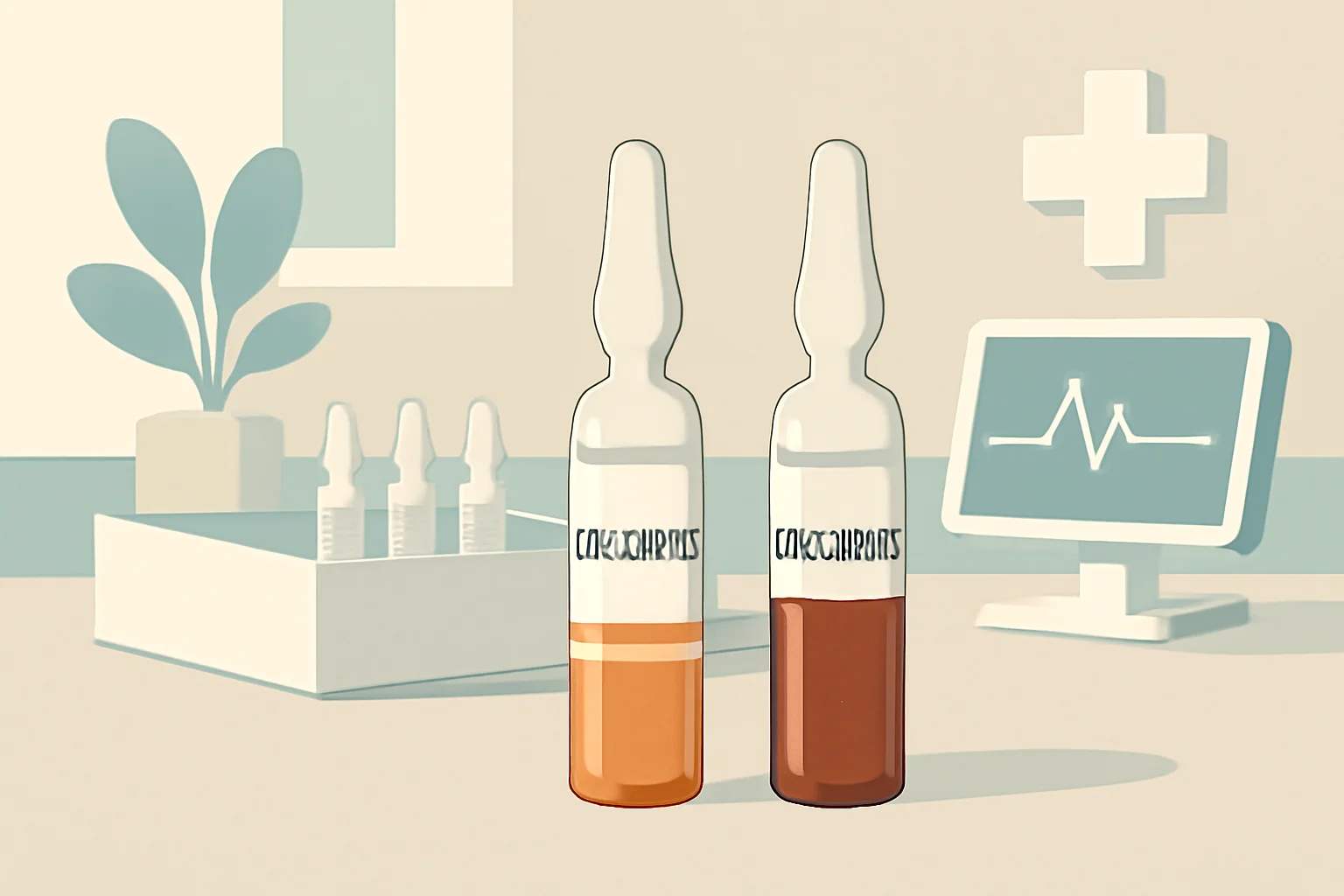
Fever or elevated temperature? How to recognize and manage them?
A fever and elevated temperature are conditions that can often be concerning, especially when it comes to children. These symptoms can arise from a variety of causes, and it is important to understand the difference between them in order to respond appropriately. An increase in temperature can be the body’s natural response to infections, inflammations, or other health issues. While a fever generally indicates a body temperature above 38 °C, an elevated temperature is more in the range between normal temperature and fever.
The normal body temperature typically ranges from 36.5 °C to 37.5 °C, but this can vary from person to person. It is important to be mindful of our body’s signals, as fever and elevated temperature can be signs of illness, and timely intervention can prevent more serious complications. An increase in temperature indicates that the body is fighting off some pathogen, so with the right knowledge, we can better manage these conditions and reduce the anxiety that fever or elevated temperature may cause.
Fever: Causes and Symptoms
Fever is an increase in body temperature, which is often the body’s response to infections and inflammations. In medical terminology, fever generally means that the body temperature exceeds 38 °C. There are many potential causes of fever, including viral and bacterial infections such as influenza, the common cold, throat infections, or urinary tract infections. Additionally, causes of fever can include autoimmune diseases, inflammatory conditions, and even some medications that may cause fever as a side effect.
The symptoms of fever can vary, but they typically include fatigue, sweating, chills, headaches, and muscle aches. Fever can be particularly concerning in children, as a young child’s temperature can rise quickly, and it is important for parents to know when to seek medical attention.
The treatment of fever generally focuses on addressing the underlying cause. If the fever is caused by a virus, treatment usually aims to relieve symptoms. In such cases, maintaining proper hydration, rest, and the use of antipyretic medications when necessary are important. If the fever results from a bacterial infection, the doctor may prescribe antibiotics.
Thus, fever is not merely an unpleasant symptom but rather a protective mechanism of our body that helps to combat pathogens. That is why it is essential to monitor the development of fever and seek medical help when necessary.
Elevated Temperature: Symptoms and Treatment
Elevated temperature is a transitional state between normal body temperature and fever, typically ranging from 37.5 °C to 38 °C. Elevated temperature can arise from various causes and does not always indicate that someone is ill. It can often occur due to stress, physical exertion, or even the menstrual cycle.
The symptoms of elevated temperature are generally less pronounced than those of fever. They may include mild fatigue, sweating, or anxiety. People often do not feel sick during this time, but they should be aware that elevated temperature can be a warning from the body that something is amiss.
Treatment for elevated temperature usually does not require any special intervention unless it is persistent or at a higher level. It is important to maintain adequate fluid intake and monitor the development of symptoms. If the elevated temperature persists or other symptoms (such as fever, fatigue, or muscle aches) occur, it is advisable to consult a doctor to determine the underlying cause.
Elevated temperature can thus alert us that our body is not functioning optimally for some reason. With appropriate attention and monitoring of symptoms, we can avoid more serious issues and act in a timely manner if necessary.
Distinguishing Between Fever and Elevated Temperature
Distinguishing between fever and elevated temperature is important, as the treatment approaches can differ. The first step is to measure the temperature accurately, for which digital thermometers are recommended. When measuring temperature, pay attention to the thermometer’s instructions to obtain the most accurate reading.
If the measured temperature is between 37.5 °C and 38 °C, we can speak of elevated temperature. At this point, the most important actions are rest and proper hydration. If the temperature exceeds 38 °C, it is considered a fever, which requires more serious attention.
When treating fever, it is important not only to focus on reducing the temperature but also to address the underlying cause. If the fever is a consequence of a bacterial infection, antibiotics will be necessary. In the case of elevated temperature, relieving symptoms is often sufficient.
Understanding and correctly managing fever and elevated temperature can help avoid unnecessary anxiety and ensure an appropriate response to our body’s signals. Always pay attention to the signs from our body, and if any doubts arise, consult a doctor.
—
Note: This article does not constitute medical advice. Always consult your doctor for health issues!

